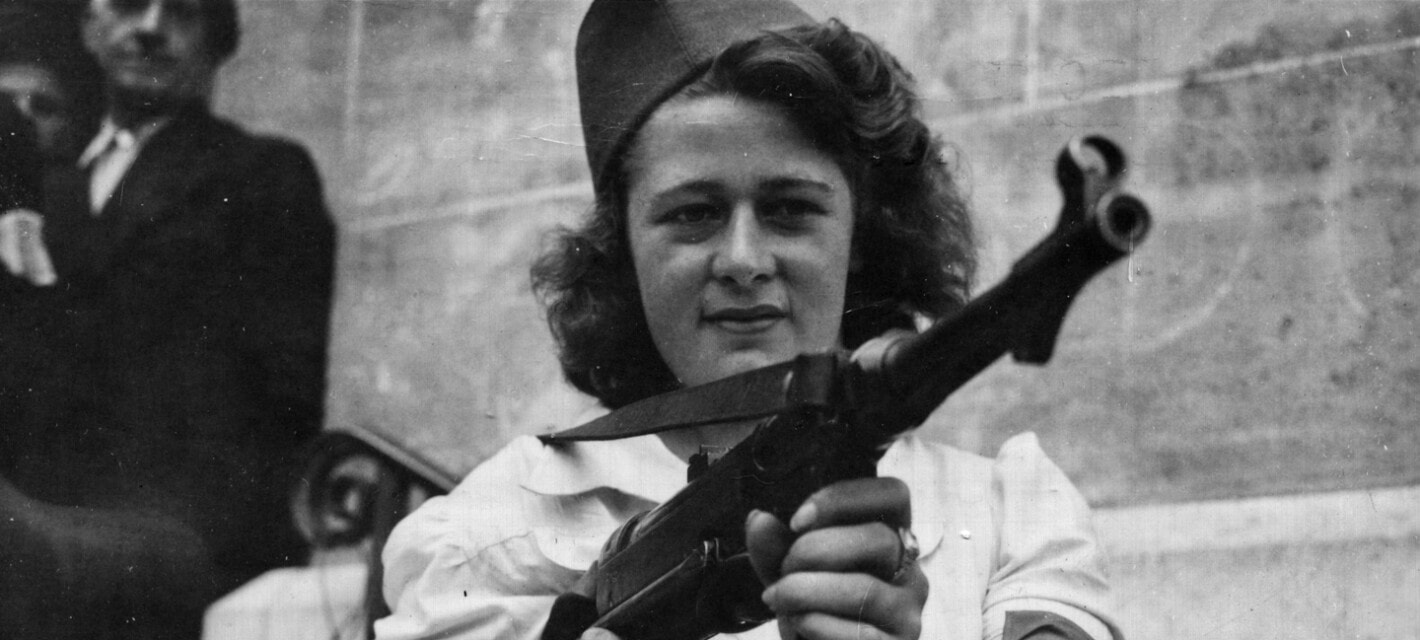Women played key – and often overlooked – roles in World War II’s resistance. Take Virginia Hall, a one-legged American who worked undercover in Nazi-occupied Europe for both Britain and the US. She liaised with the French Resistance, gathered valuable intelligence, established spy rings, and eventually led a network of more than 1500 members. The public knew next to nothing of her heroics, and she went to her grave in 1982 in relative obscurity. Below are thirty things about her and other heroic women of the resistance.

30. “I Must Have Liberty“
The clandestine life in WWII’s resistance movement in Nazi-occupied Europe was no bed of roses. Whether it was the Gestapo hot on their heels, the ever-present danger of betrayal by collaborators, or pure bad luck, capture and doom were never far away. Life was harder and more dangerous still for resistance figures with readily identifiable characteristics – especially if such a characteristic was known to the Nazis. Virginia Hall, a one-legged spy who spent a significant part of WWII dodging the Gestapo in occupied France, could attest to that.

Hall was born into a wealthy Baltimore family in 1906, but she was not into the usual fripperies that rich young ladies of her era were into. Growing up, she had no interest in becoming a dutiful housewife someday. Instead, she was a total Tomboy: a free spirit, athletic, had an independent streak, and liked to thumb her nose at convention. As she wrote in a schoolbook in 1924: “I must have liberty, with as large a charter as possible“. At age twenty, she headed to Europe, and blazed her own pioneering path. It took her to WWII heroism.

